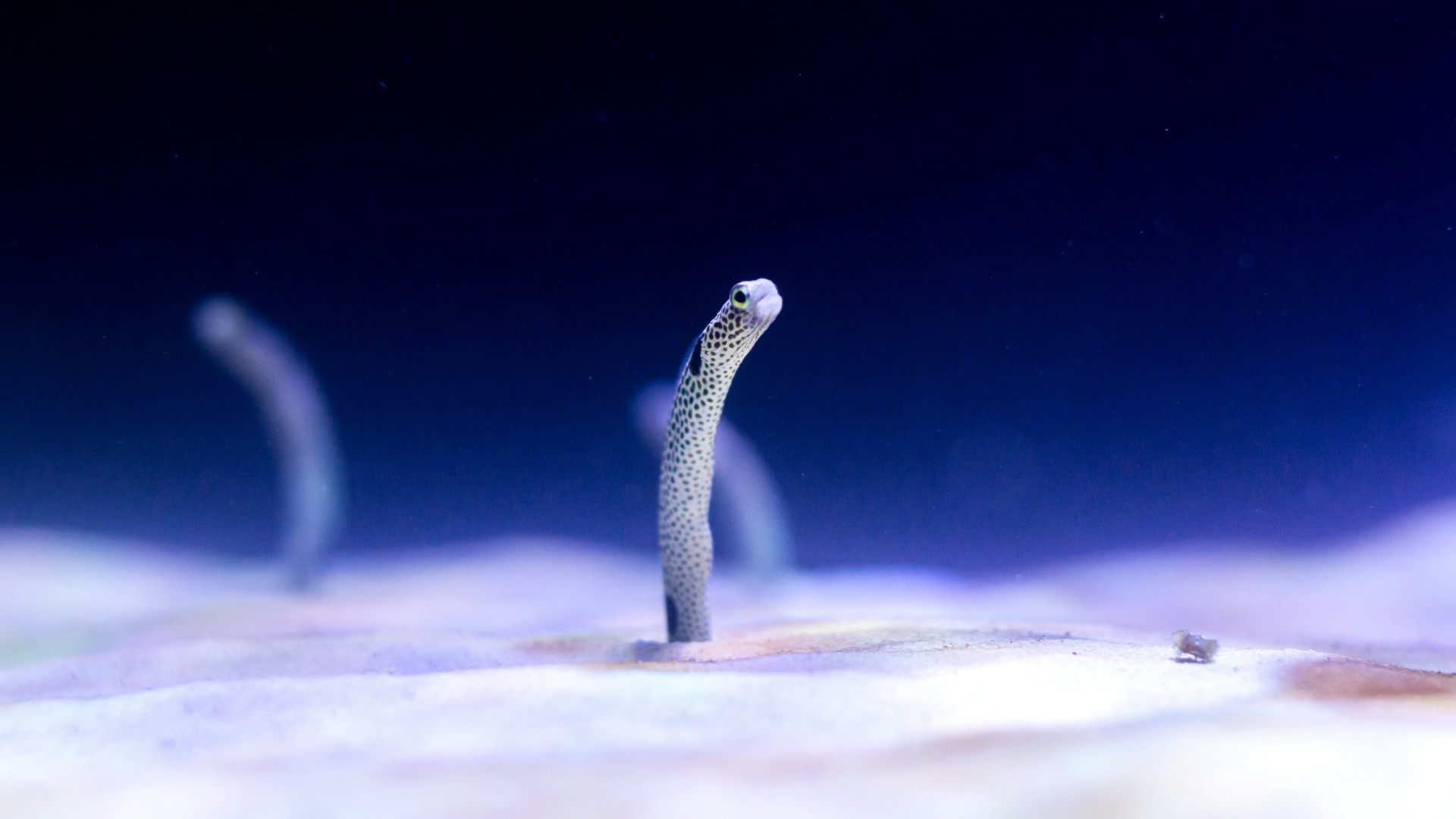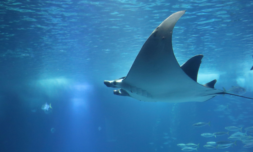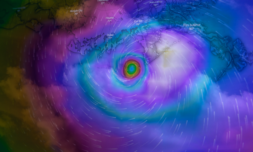Microplastics are everywhere. In our homes, bloodstreams, and even in human placentas. New research shows these pesky plastic particles have even reached the deepest parts of the ocean – and they’re being eaten by sea creatures.
Considering humans have been using non-biodegradable and non-recyclable plastic since the early 60s, there probably isn’t a single part of the planet that hasn’t been touched by fossil-fuel based materials.
Various kinds of plastic have been found everywhere, from the summit of Mount Everest to the most remote parts of our oceans. Pieces sized 5mm or smaller – also known as microplastics – are commonly identified inside the bodies of human adults and newborn babies.
Still, scientists were shocked to find that microplastics can be found in great quantities inside the deepest-dwelling ocean creatures. This is especially the case for animals that stay in the deep and do not migrate up to shallower waters.
Published in Limnology and Oceanography, the study delved deeper into data collected during the DEEPEND deepwater survey of fish and other marine organisms. Looking at the stomach contents of sea creatures, the group found that 29 percent of crustaceans and 26 percent of fish they sampled had eaten at least one microplastic particle.
Surprisingly, animals sampled from 4,000 to 5,000 feet deep had ingested more microplastics than any other group.




















